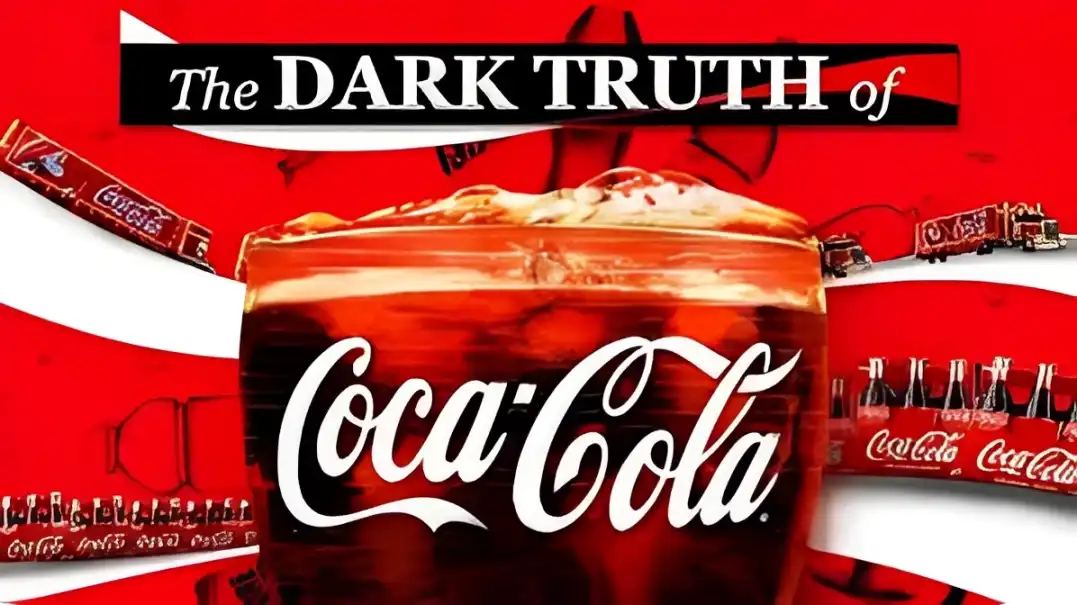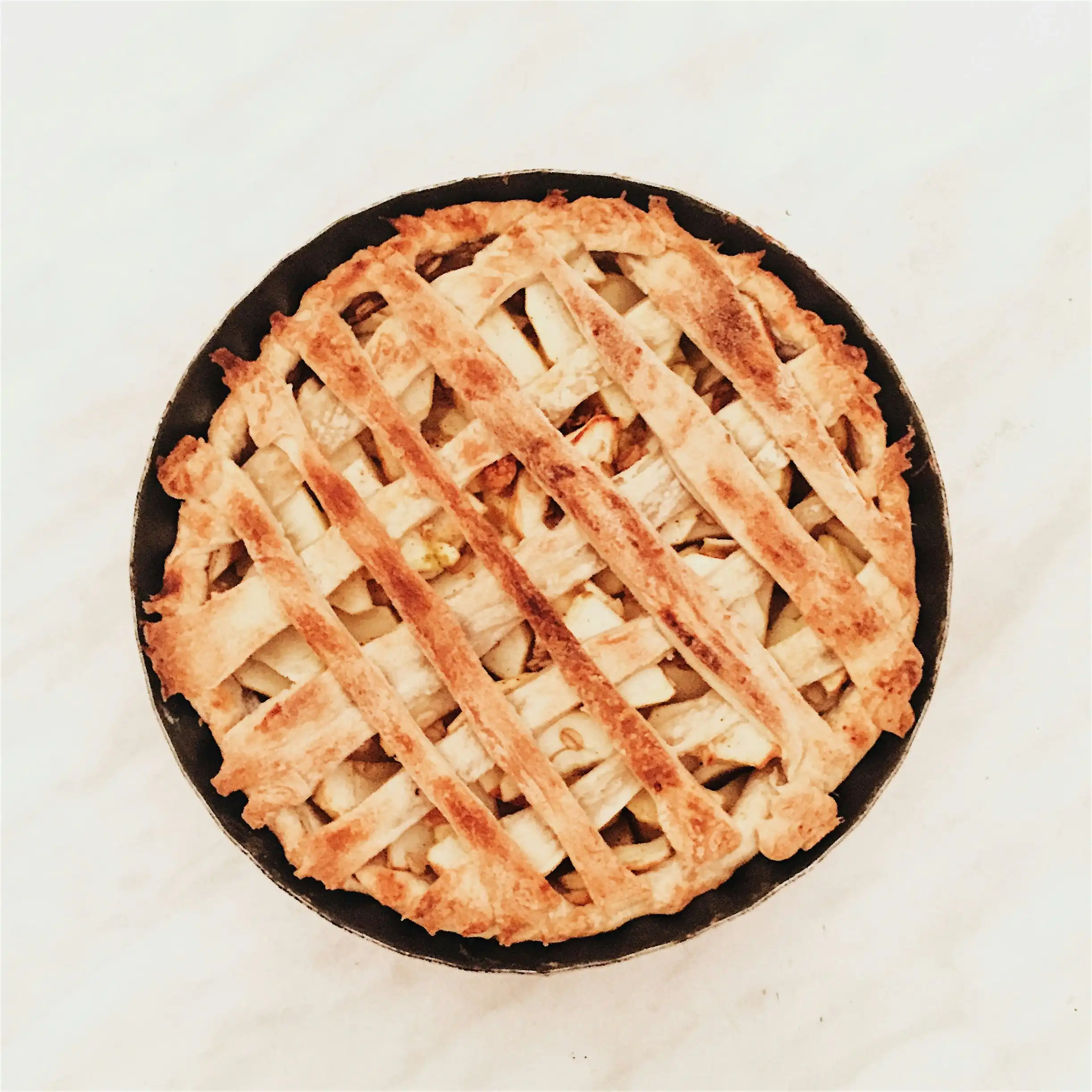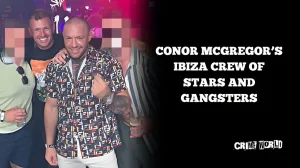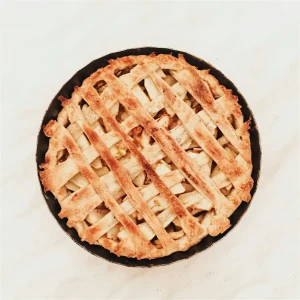The Dark Side Of Coca-Cola
The Insane Story of Coca-Cola: From Medicinal Tonic to Global Icon
Few brands are as instantly recognisable as Coca-Cola. That red-and-white logo and distinctive bottle shape are seared into the global consciousness. But behind this seemingly simple soft drink lies a story of war, drugs, addiction, corporate espionage, and world domination. Buckle up—the story of Coca-Cola is as effervescent and unpredictable as the beverage itself.
Video Credits To: https://www.youtube.com/@MagnatesMedia
Origins: Cocaine, Kola Nuts, and a Civil War Veteran
Coca-Cola was invented in 1886 by John Stith Pemberton, a morphine-addicted pharmacist and Confederate veteran. After the Civil War, Pemberton was desperately seeking a cure for his addiction. Instead, he stumbled upon something far more influential: a recipe for a “medicinal” tonic that combined coca leaf extract (yes, the plant used to make cocaine) and kola nut caffeine.
He called it Pemberton’s French Wine Coca. But when Atlanta went dry with a local temperance law, Pemberton reformulated his concoction as a non-alcoholic syrup, thus giving birth to Coca-Cola.
The Rise of the Empire: A Businessman Steps In
Pemberton was a brilliant chemist but a terrible businessman. He sold parts of the Coca-Cola formula to multiple investors before eventually selling the entire formula to Asa Griggs Candler, a savvy entrepreneur who turned it into a commercial product. Candler aggressively marketed Coca-Cola as a health drink, despite it containing traces of cocaine until 1929.
He handed out coupons for free drinks, plastered towns with Coca-Cola signage, and standardised the syrup production. Under his leadership, Coca-Cola became a national sensation.
The Cocaine Controversy
Yes, Coca-Cola did contain cocaine. In its early formulations, each glass had an estimated nine milligrams of the drug. While that’s far less than a typical street dose, it was still enough to cause concern as the dangers of cocaine became more widely known.
Faced with increasing public pressure, the Coca-Cola Company began removing the cocaine in stages, first in 1903 and finally in 1929 with the development of a “decocainized” coca leaf process. Interestingly, Coca-Cola still uses coca leaves in its flavouring today, processed under heavy DEA regulation by a single authorised company.
World War II: The Drink That Followed the Troops
During World War II, Coca-Cola became more than a beverage—it was a symbol of home. Coca-Cola pledged to supply American troops with the drink wherever they were, regardless of the cost. The U.S. military helped build dozens of bottling plants across Europe and the Pacific.
This was genius: it boosted troop morale and ensured Coca-Cola’s global reach. After the war, those plants didn’t go away. Coca-Cola had secured itself as an international brand.
The Pepsi Rivalry, Secret Formula, and New Coke Fiasco
The 20th century saw Coca-Cola become a staple of Americana, but not without drama. One of its fiercest battles was with Pepsi. While Coca-Cola stuck to its classic branding, Pepsi targeted younger audiences and sometimes undercut Coke in price.
In response to blind taste tests suggesting people preferred Pepsi, Coca-Cola launched “New Coke” in 1985—an altered formula intended to replace the original. Public outrage was immediate and intense. People hoarded the original. It became a pop culture crisis.
Less than three months later, Coca-Cola caved and brought back the original formula as “Coca-Cola Classic.” Many believe it was either the biggest blunder in marketing history or a brilliant publicity stunt. Either way, it re-cemented the original Coke’s legendary status.
Coca-Cola Today: More Than Just a Drink
Today, Coca-Cola is worth over $250 billion, is sold in over 200 countries, and is often considered a symbol of globalisation. The brand also owns hundreds of other products, from Sprite and Fanta to Dasani water and Minute Maid.
But the company hasn’t escaped controversy. It’s been criticised for everything from health issues tied to sugary drinks to its environmental footprint to labour practices in certain countries.
Final Sip: More Than a Beverage
The story of Coca-Cola is not just about a soft drink—it’s about America, capitalism, chemistry, war, addiction, genius marketing, and global influence. From a struggling pharmacist with a cocaine-laced recipe to one of the most powerful brands in human history, Coca-Cola’s journey is truly insane—and it’s far from over.
Sources:
- Coca-Cola Company: The Birth of a Refreshing Idea
- Coca-Cola Company: New Coke: The Most Memorable Marketing Blunder Ever?
- History.com: New Coke Debuts, One of the Biggest Product Flops in History
- Wikipedia: Coca-Cola
- Wikipedia: New Coke













